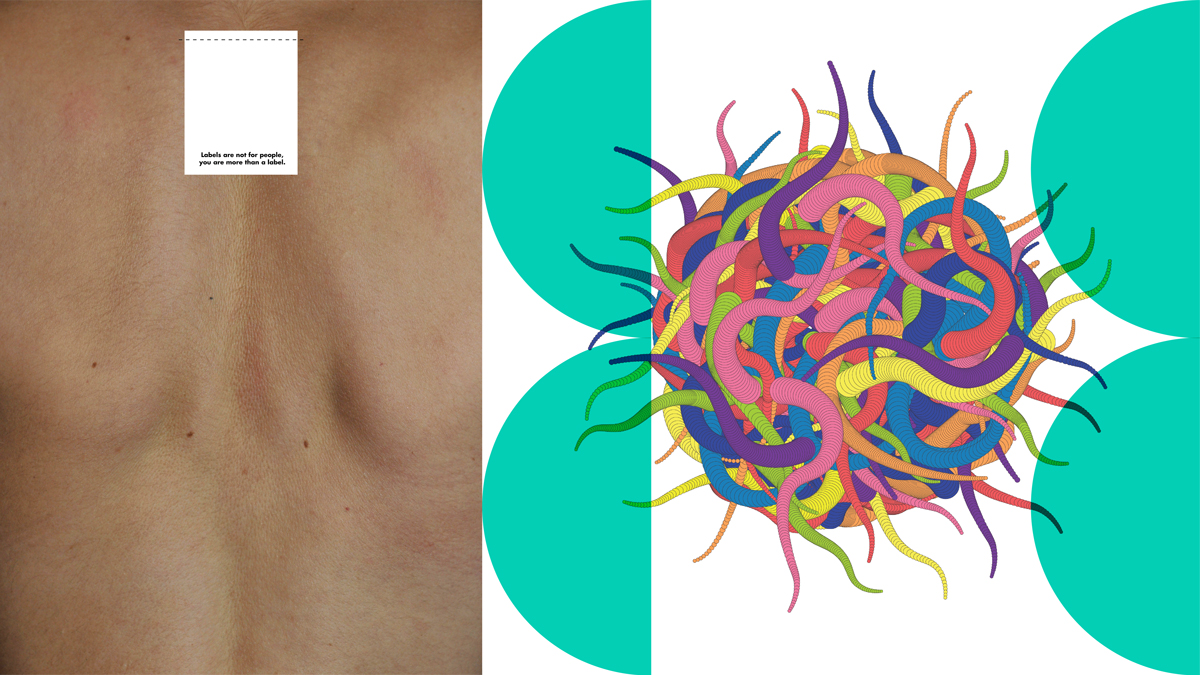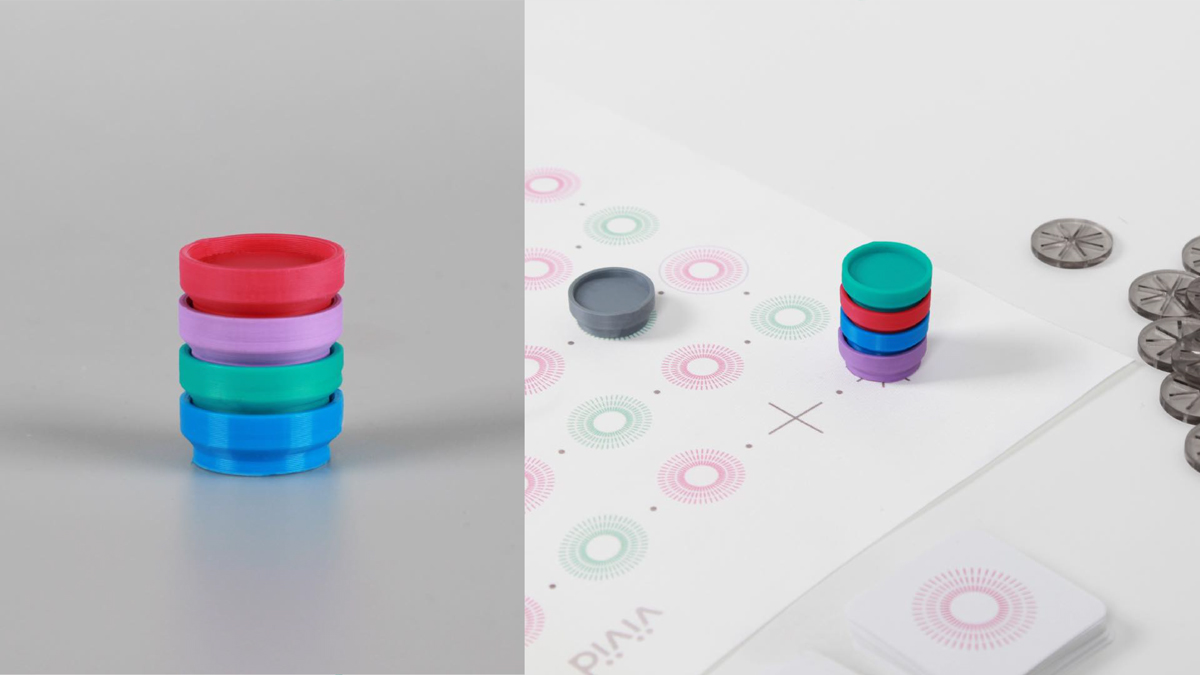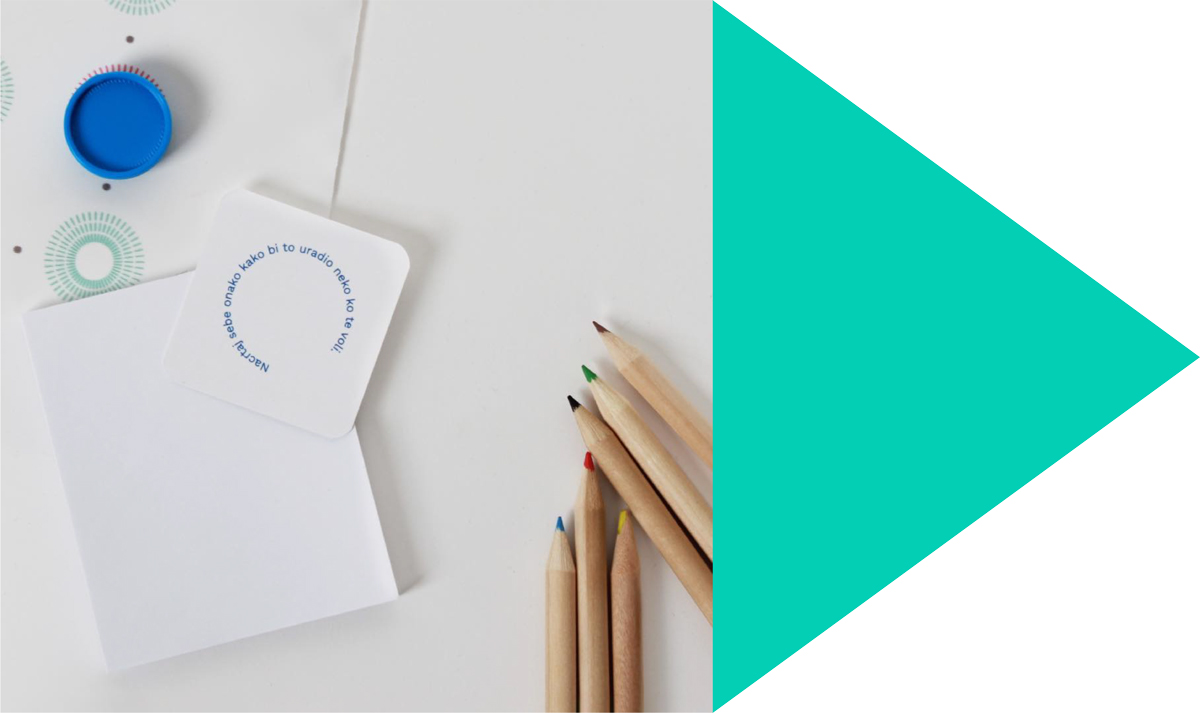‘This project encompassed every phase of redesign and in-dept research, which I believe is not the case in working with every cultural institution, ‘ Julija Rdosavljević.
 Is this the first time you have experienced working with a cultural institution?
Is this the first time you have experienced working with a cultural institution?
I have worked with various cultural institutions and organizations in different capacities, but the experience within the ReCulture project was definitely the most complex and comprehensive. Besides establishing the identity direction, the project involved meticulous elaboration and implementing the identity through designing all necessary and desired materials. This was also my first experience of working with serious mentoring support from more experienced colleagues from different countries.
How challenging was it to work within a team? After this experience, what do you think are the challenges and advantages compared to working independently with a client?
It was quite challenging due to fitting in with the regular duties of each team member (physical distance was also a problem), making the process and work on the project more difficult, which, in contrast, I consider an advantage when it comes to working independently.
What contribution to the development of the institution’s new identity are you most proud of?
Logo, souvenirs, spatial design.
Has the project enabled you to further shape your design language?
Since it was a long-lasting and complex project, I am sure it has influenced my design language.
In what aspect was the visit to the institutions useful for your research process? Do you think this should be an integral part of the practice in working with clients?
Absolutely, otherwise you don’t know exactly what you’re facing.
 After your experience with this project, and other work experiences, explain the difference between working with cultural institutions and clients that promote commercial content (if you have experience with them).
After your experience with this project, and other work experiences, explain the difference between working with cultural institutions and clients that promote commercial content (if you have experience with them).
This project encompassed every phase of redesign and in-dept research, which I believe is not the case in working with every cultural institution. Also, when we talk about commercial content, I think that most clients are not visually literate enough and the approaches to such projects are different (the faster, the better), so the result is that they are mostly unnoticed or quickly forgotten. (Or just I have encountered such clients, I want to believe that! ☺)
What of the experience gained during this project would you apply in your further independent work or work with future clients?
I have learned that before any work, it is necessary to be thoroughly informed and embrace the process.
What makes the cultural institution you worked on in this project unique? How does it meet the needs of a young audience?
Its long existence, work, position… Apart from the school of drawing and painting intended for the youngest audience and future students, I think that currently there are no programmes that would fully meet the needs of the young audience, which is actually something that can be worked on in the future, since the institution has that potential. We hope that the new visual identity can help in that regard and encourage employees to focus more on the young audience.
Why do you think this project is important for the cultural institution you collaborated with?
Apart from the logo (which needed a redesign), the institution had no established visual identity. In this sense, I believe that the project itself is very important for the institution’s communication with the audience.
What is the strongest impression that the project has left on you?
The people I had the opportunity to collaborate with and working on a big project – I’m sure I would not have got it as a young designer.
Which cultural institutions in the region, and which ones outside the region, do you consider to be examples of best practice?
The Museum of Yugoslavia; Fotografiska.
Who would you suggest as a mentor for an upcoming project?
Dragana Krtinić (someone who is young, but fantastic ☺).
Thanks for the pleasant chat and nice energy! Fingers crossed for the final stage 😀